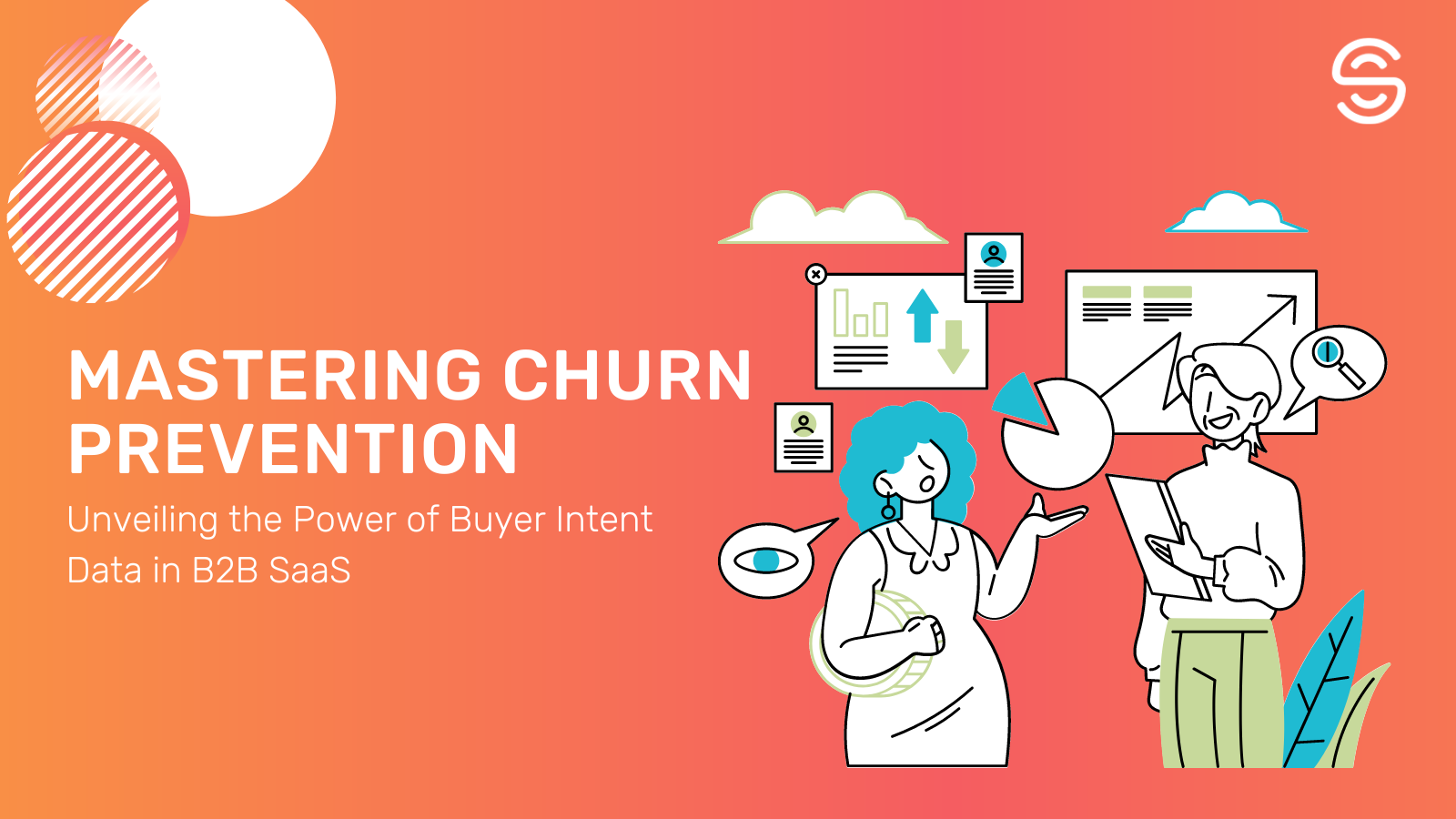How to Find the Decision-Makers in a Company: 3 Simple Steps
November 4, 2020 5 min. read

Try AI-Driven Insights
Monitoring for Free
Discover new business ideas and growth opportunities using
our AI-powered insights monitoring tool
Once targeted B2B leads are found, many salespeople begin to celebrate – “Pitching is the only thing I have left to do, and it’s what I’m good at!” However, compared to B2C, successfully finding B2B prospects doesn’t necessarily correlate to a high close rate. When it comes to B2B sales, there is a middle stage between searching for relevant prospects and pitching your product or services: finding the decision-maker, i.e. the right person within a company who has high buying power. It doesn’t matter how warm your leads are or that you have extraordinary pitching skills if you’re talking with individuals who are not the decision-makers in a company.
Therefore, it’s essential to correctly target the company key decision-makers. Follow our easy and comprehensive 3-step guide with instructions and tips on how to find the decision-maker(s) within a company:
Tip #1: Before taking the first step, check your own and your colleagues’ LinkedIn connections. In case you know people working at or connected with an organization, you can ask them to refer you to the appropriate managers or team leaders, thereby circumventing the whole process described below.
How to Find Decision Makers in a Company
Step №1 – Map the organization
The first thing to do is to investigate the organization of the company you want to include in your outbound reach. Use the company’s website, LinkedIn, and other platforms like Crunchbase to gather information about the company’s geographic and industry reach, budget, number of employees, list of departments, key roles in the hierarchy, etc. At this stage, the goal is to understand the company’s structure and guess who is responsible for making decisions related to your product.
Here are the examples of the decision-makers you may be targeting: VP for Sales, Business Development Manager, Head of Sales, CEO, CMO, CRO. The positions and titles may vary from one company to the other, but it’s usually possible to guess who is most likely to be a decision-maker. What may help is taking a closer look at the number of employees within the company:
• Startups and small teams: the decision-maker is either a CEO or co-founder, or the Head of Sales, if already hired. In this case, you understand the responsibilities of a person by looking at the position’s name.
• Up to 500 employees: here, one may try to focus on the VPs, Sales Managers, Business Development Manager, etc.
• > 500 employees: When it comes to large companies, there are likely to be specialized roles targeted at a particular region, so look for a person in charge of purchasing your kind of products or services in your target area.
Tip #2: Analyze your competitors’ outbound campaigns: what roles do they concentrate in? What channels do they use for that? Customer reviews on the competitor’s website may help you with that. For further analysis of the competitors’ activities and campaigns, you may use tools such Signum.ai Competitive Intelligence.
Step №2 – Visit personal profiles
After examining the organizations’ structure, you will have a list of target prospects and the profiles of the people you have established to be business decision-makers. Now, proceed to step two: investigating their personal profiles to make sure that these are, in fact, the right people to target and to get their contact numbers or email addresses. Have a closer look at some seemingly tiny but essential details, such as the duration of work within the organization. Recently hired professionals may be interested in your services more, while they’re adjusting within the new environment and may be seeking help to improve their teams’ performance. However, those working in the organization for longer periods of time may have a better understanding of what is actually feasible for the organization to get involved in, as well as have more decision-making power.

Researching, finding profiles, and checking them for valid contact details may be quite time- and effort-consuming. To facilitate the process and to make sure you have found the right people within the organization, as well as to check whether a particular company is actually the one that you need to target, use advanced tools such as:
• LinkedIn Sales Navigator – an essential tool that will help you filter out the right people to contact. Many sales reps consider it a must-have feature of LinkedIn;
• Crunchbase – another tool to facilitate market research and track the companies in your target sector;
• Owler – a tool to access public and private companies’ data.
Tip #3: Do not stick to one tool only. Test drive all of them, and then combine two or three.
3. Start an Outbound Campaign (of course, with Signum.AI)
This is the right time to ask yourself: “Do I know who I should contact now?” If you’re still not sure about the profiles you picked, go through the previous steps one more time. Then start reaching out.
Tip #4: Choose three potential decision-makers within one company to target and test them all out. Start with the one you find the most relevant, move to the other one, etc.
There are two approaches to find a target person to talk to. On the one hand, you may contact the employees with the highest position among all the potential decision-makers chosen. If there are other people more suited to and responsible for making decisions, you will likely be referred down to them. On the other hand, you can start from the bottom, contacting an SDR, for example. In case you are serving sales teams themselves, SDRs may be highly interested in your services and will refer you to the right person.
Tip #5: Do not start pitching too early. Make sure you have reached the right person first, otherwise, you may get a refusal before you reach the right person or just waste time and effort.
To sum it up
Not every employee in the companies you target will be able to make the decision on whether or not to purchase your product. To prevent wasting your time and the time of the organizations’ representatives, search for the decision-makers within a particular company. Do not ignore the advanced tools that may help you to ease this process. Once you have found the targeted decision-maker and got their contact details – start pitching!
Good luck!
More useful content on our social media:
